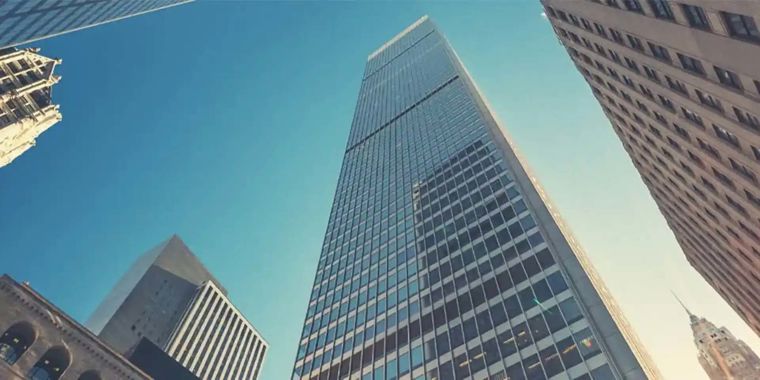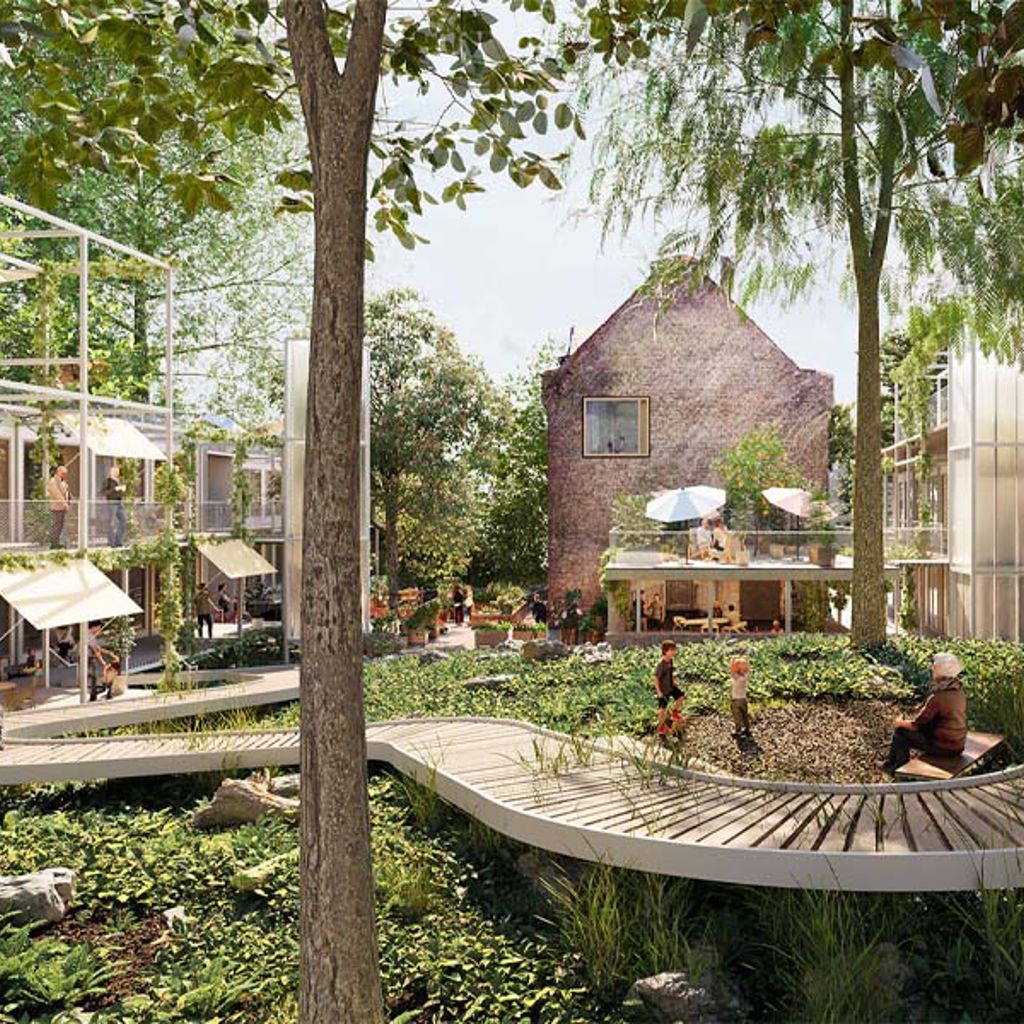Office to residential conversions: the carbon story
This report investigates the carbon implications of office to residential conversions.

Expanding conversion activity is an urgent topic both in New York City and across the world, given high office vacancy rates and a worsening housing crisis. However, discussions on the topic in policy and real estate spheres have so far overlooked the sustainability impacts of converting and reusing these existing office buildings.
This research set out to answer a simple question: how much carbon could be saved by 2050 if New York City expanded the range of buildings eligible for office to residential conversions? Using quantifiable data and analysis, the report calculates carbon savings through a typological framework, dividing buildings by decade, floor plate depth, and window type – all factors that impact the operational and embodied carbon savings associated with conversion.
The report is published amidst proposed zoning changes in New York City and a recently announced White House initiative to convert empty office buildings into apartments through funding and technical assistance. The renewed focus on conversion’s potential to create new housing makes for an exciting moment to also consider the carbon saving opportunities this approach provides.
Download this publication
Insights
Explore more property insights
Achieving net-zero buildings: An action plan for market transformation

Unlocking value in buildings: developing the business case for building circular

Achieving Zero-Carbon Buildings: Electric, Efficient, and Flexible

Bringing nature inside: how CapitaLand uses biophilic design to cool buildings and boost wellbeing

